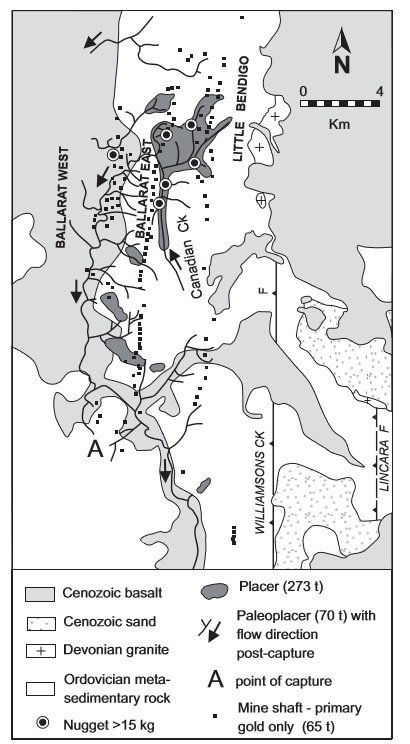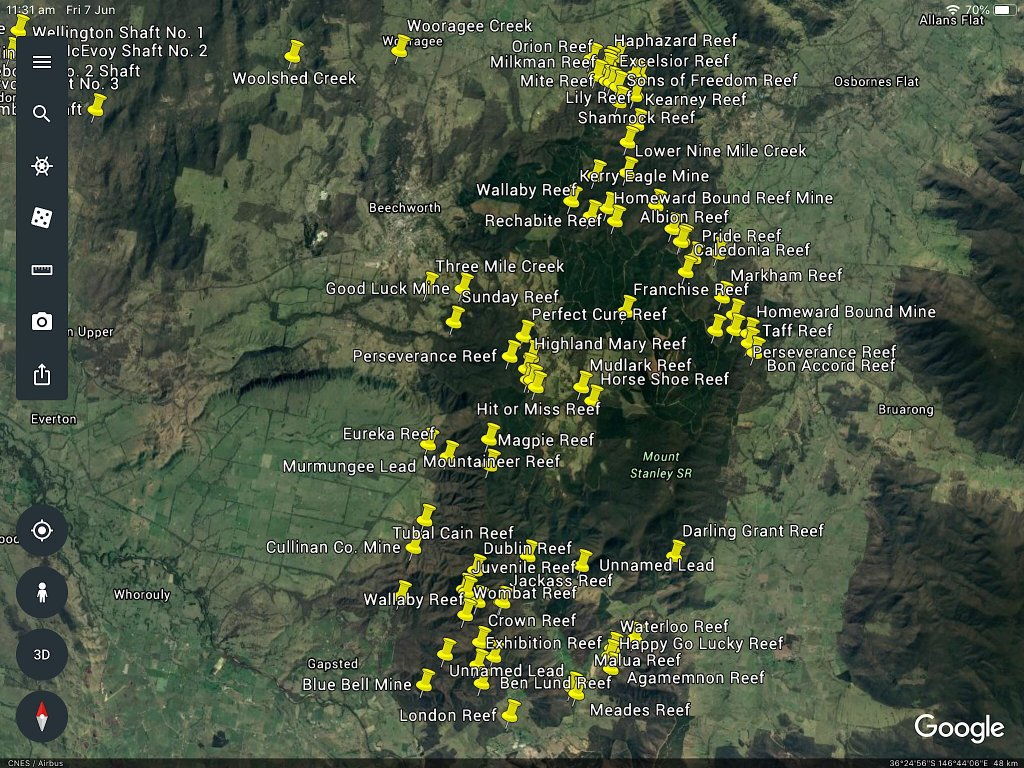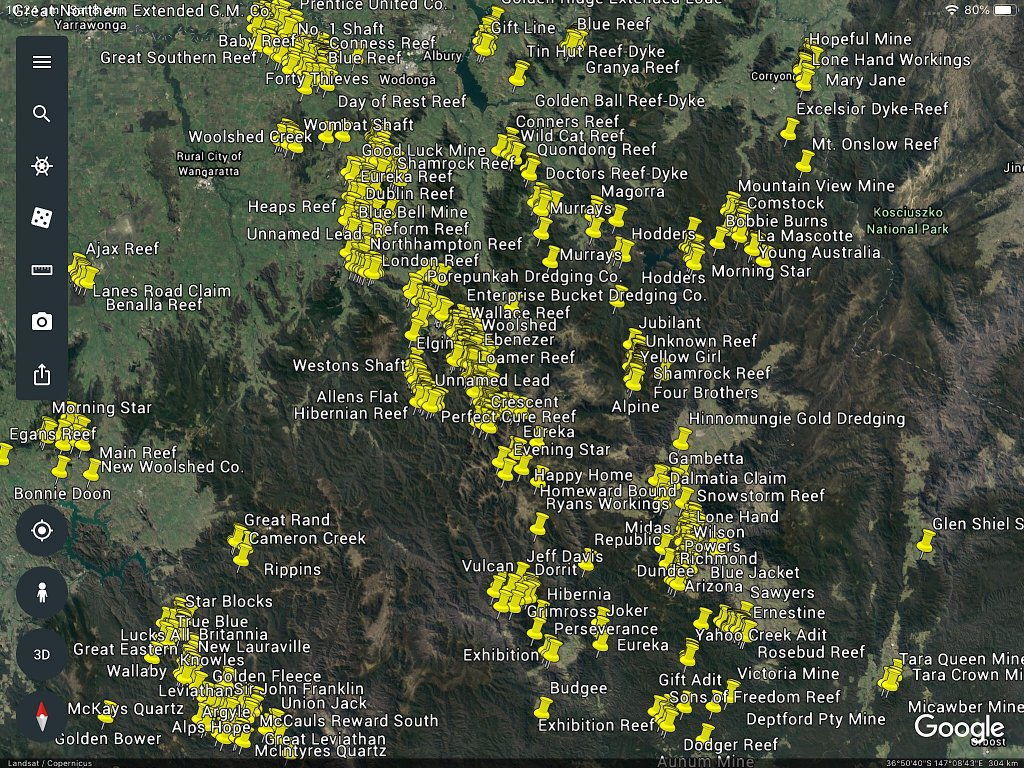G
Guest
Gday
Its not uncommon to find big nuggets well away from any workings, I guess thats exactly why they are missed and often found by inexperienced operators randomly detecting open areas, as most experienced people would be more likely hitting what they perceive as the hot spots, the best gold finds I have had have been in spots that looked quite unremarkable and you would easily have walked through the place to get to some more inviting looking ground, the gold does not care where it is so anywhere in the vicinity of a gold bearing feature is worth a look.
An old prospector once told me this and it makes a lot of sense, what we are seeing now on the ground is the "concentrates" left over from hills and features after millions of years of weathering and erosion, many of these places would have been many hundreds of meters higher than the ground level we see today, so if you take that into perspective then its easy to see why gold and the associated host rocks can be so wide spread, and nuggets can be so far away from recognizable source that we can see today that we can only simply wonder how they got there, there are also stories of big nuggets that have been found in areas that are not known as gold bearing areas, it can be due to it simply traveling a great distance due to weathering or even glacial movement, as large stones are carried many hundreds of kilometers, and another theory is that people believe that aboriginals could have picked them up elsewhere and then later dumped them on the ground as they simply got sick of carrying them about. :awful:
cheers
stayyerAU
Its not uncommon to find big nuggets well away from any workings, I guess thats exactly why they are missed and often found by inexperienced operators randomly detecting open areas, as most experienced people would be more likely hitting what they perceive as the hot spots, the best gold finds I have had have been in spots that looked quite unremarkable and you would easily have walked through the place to get to some more inviting looking ground, the gold does not care where it is so anywhere in the vicinity of a gold bearing feature is worth a look.
An old prospector once told me this and it makes a lot of sense, what we are seeing now on the ground is the "concentrates" left over from hills and features after millions of years of weathering and erosion, many of these places would have been many hundreds of meters higher than the ground level we see today, so if you take that into perspective then its easy to see why gold and the associated host rocks can be so wide spread, and nuggets can be so far away from recognizable source that we can see today that we can only simply wonder how they got there, there are also stories of big nuggets that have been found in areas that are not known as gold bearing areas, it can be due to it simply traveling a great distance due to weathering or even glacial movement, as large stones are carried many hundreds of kilometers, and another theory is that people believe that aboriginals could have picked them up elsewhere and then later dumped them on the ground as they simply got sick of carrying them about. :awful:
cheers
stayyerAU







